The drive from Aarhus to our next destination, Ribe, ran right past yet another Viking site in the town of Jelling. This UNESCO World Heritage site is called “Jelling Mounds, Runic Stones and Church”, and has an attached museum.
The museum tells the story of the Viking Kings “Grom the Old” and “Harald Bluetooth”, who built monuments at this site over 1000 years ago. The first room has a campfire setting where you can listen to stories from the Viking Age.
The site adjacent to the museum has burial mounds, a church, and a rock outline of a ship, which I will discuss later in this post. The entire area was surrounded by The Palisade, a wooden wall of oak that looked much like this.
Inside the museum they have the only original remnants from the 1440 meters of the palisade that surrounded the site. By checking the year-rings in the timbers they have been able to determine that the trees for this timber were felled in the year 968.
This is a view of one of the two burial mounds from the upper floor of the museum.
The main attraction at this site are the carved runestones from the 10th century. The two stones have the earliest mention of the word “Danmark”, so this location is strongly considered as the creation of Denmark as a nation state. The older of the two stones was raised by King Gorm the Old, and was placed in honor of his wife.
The larger stone was raised by King Gorm’s son, Harald Bluetooth, and states “King Harald ordered these kumbls made in memory of Gorm, his father, and in memory of Thyra, his mother; that Harald who won for himself all of Denmark and Norway and made the Danes Christian”. King Harald was nicknamed “Bluetooth” because he had one dead tooth that had a gray/bluish color.
Below is the side of Harald’s runestone that depicts Jesus. My photo didn’t do it justice, so this is from the museums website. This was taken before the current enclosures were placed around the stones in 2012.
This is the museums colorized replica of the runestone with Jesus. During my research I found it interesting to note that a replica of the runestone was part of the Danish exhibit during the 1915 Pan Pacific International Exhibition in San Francisco.
The runestone is so famous it’s even been depicted on the Danish passport.
From the top of one of the burial mounds looking east is the church. The runestones are just in front of the church, where they have been since they were first raised.
The sets of white markers indicate the location of the original palisade, showing you how large the site was.
These flat stones are placed in a formation to create the shape of a Viking ship laid out around the two burial mounds.
This shot is looking east from the second burial mound. You can see the bow of the Viking ship shape leads right up against the palisade. It’s amazing to me that all of this has been here for over 1000 years!
Another view of the palisade wall depiction from up close.
One last bit of trivia from this site. In 1997, while working on a wireless standard for connecting devices, the name Bluetooth was used as a placeholder, being named after King Harald Bluetooth. The name stuck, and the familiar Bluetooth logo today is a bind rune of the King’s initials!
After a quick lunch in Jelling we drove to Ribe and checked into our accommodation, the lovely Lustrup Farmhouse. Our host advised us where to go to catch the sunset.
We also hoped to be able to witness a local phenomenon known as The Black Sun. This is when thousands of starlings flocking together can literally black out the sky. While we did see quite a few starlings, it wasn’t quite as impressive as I had hoped it would be.
This video was the best one I took of the event. It was interesting that there were maybe 100 people out on the roadway to watch the starlings. You could barely drive your car by the crowds!
One last beautiful shot of that nights sunset.
Up next, we visit the Wadden Sea National Park and see the oldest city in Denmark, the little village of Ribe.

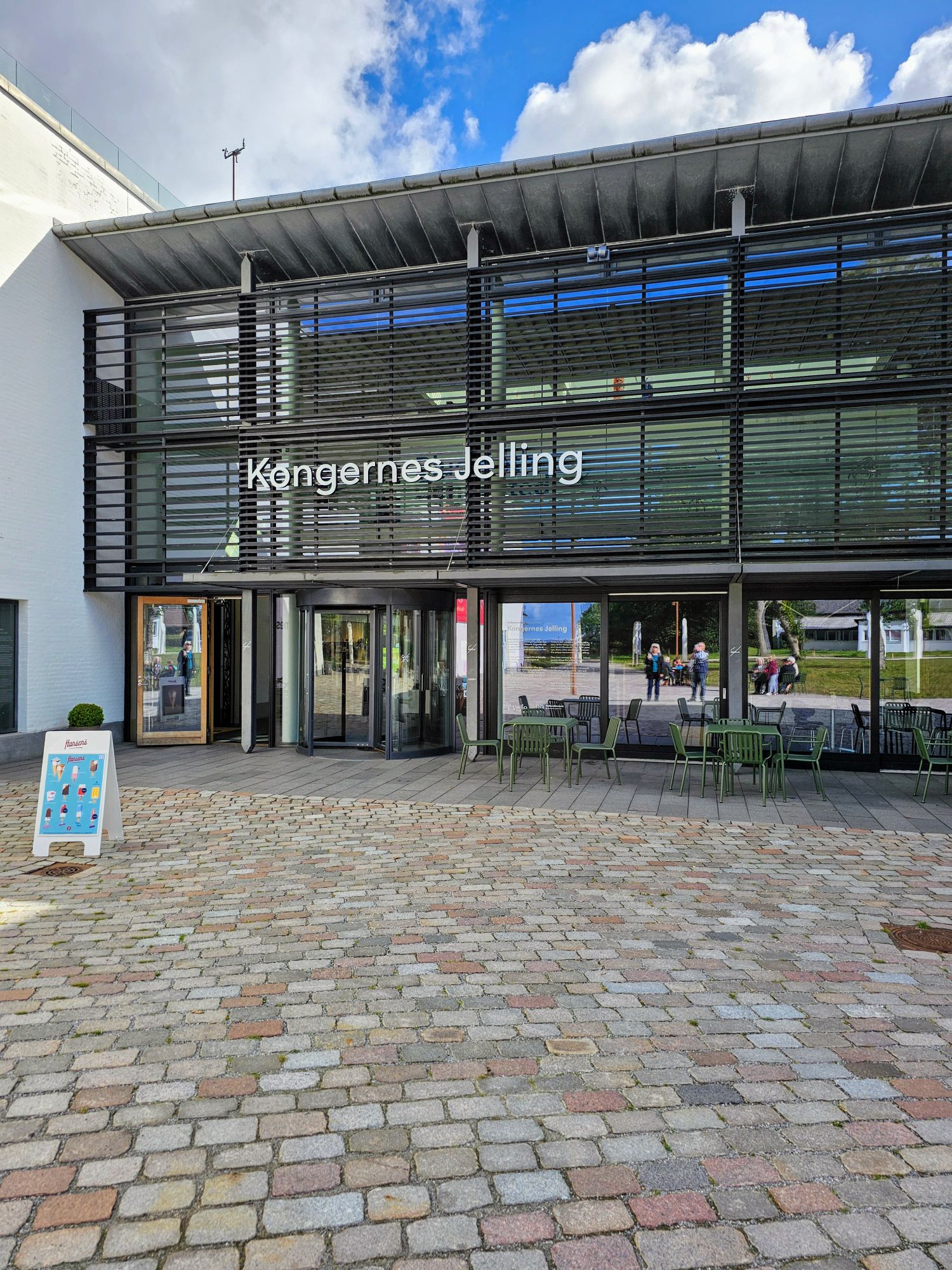
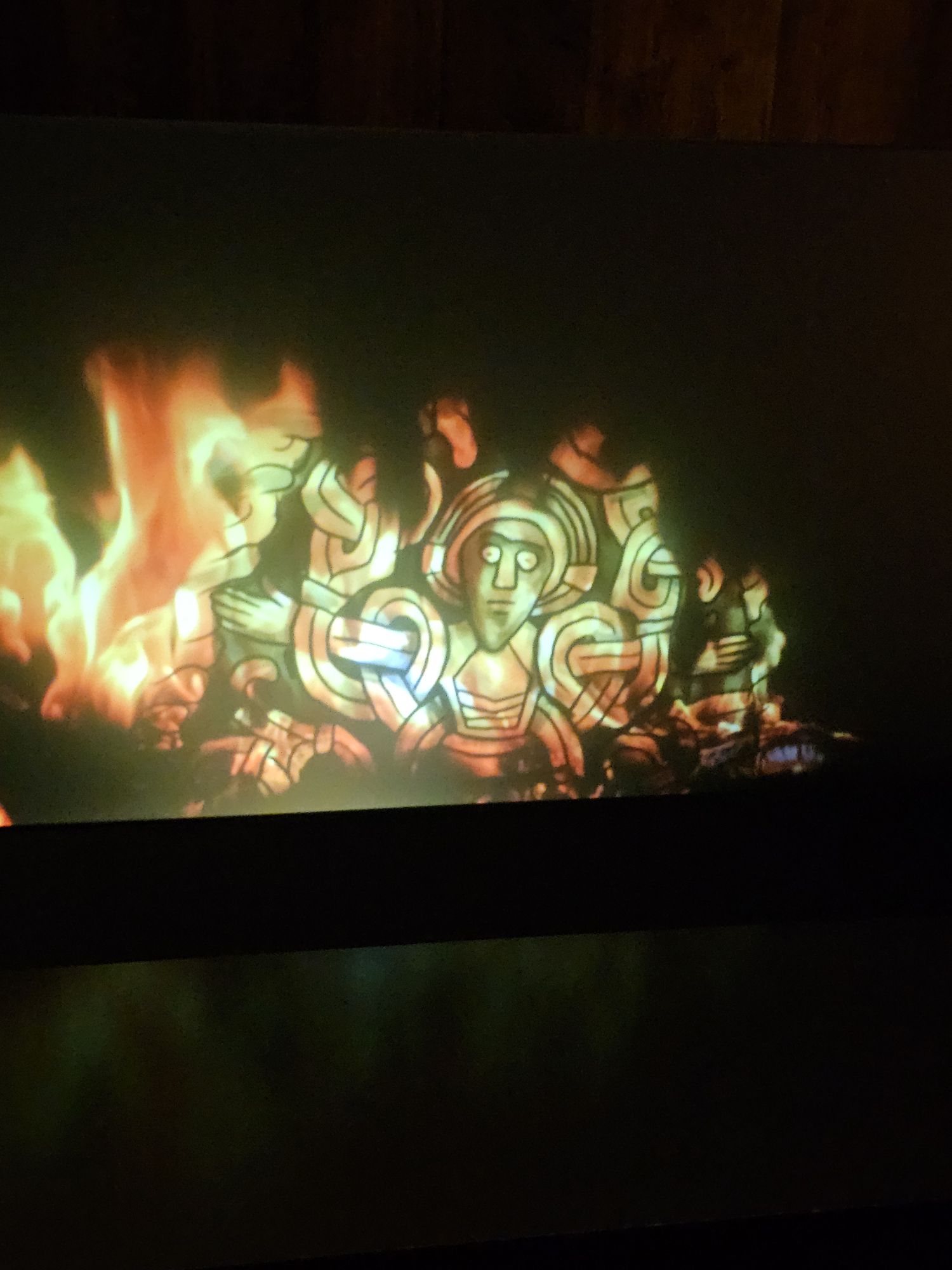
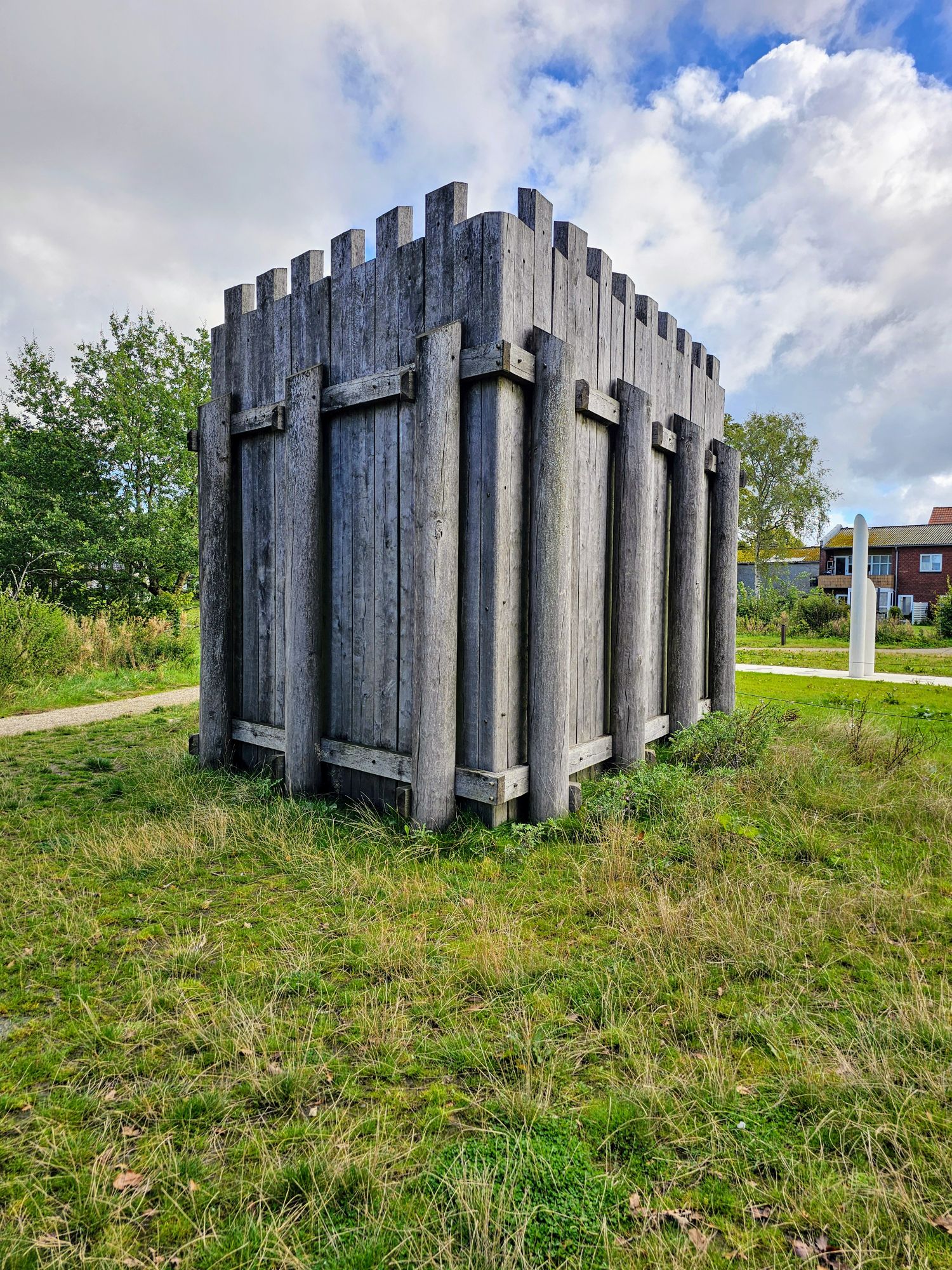
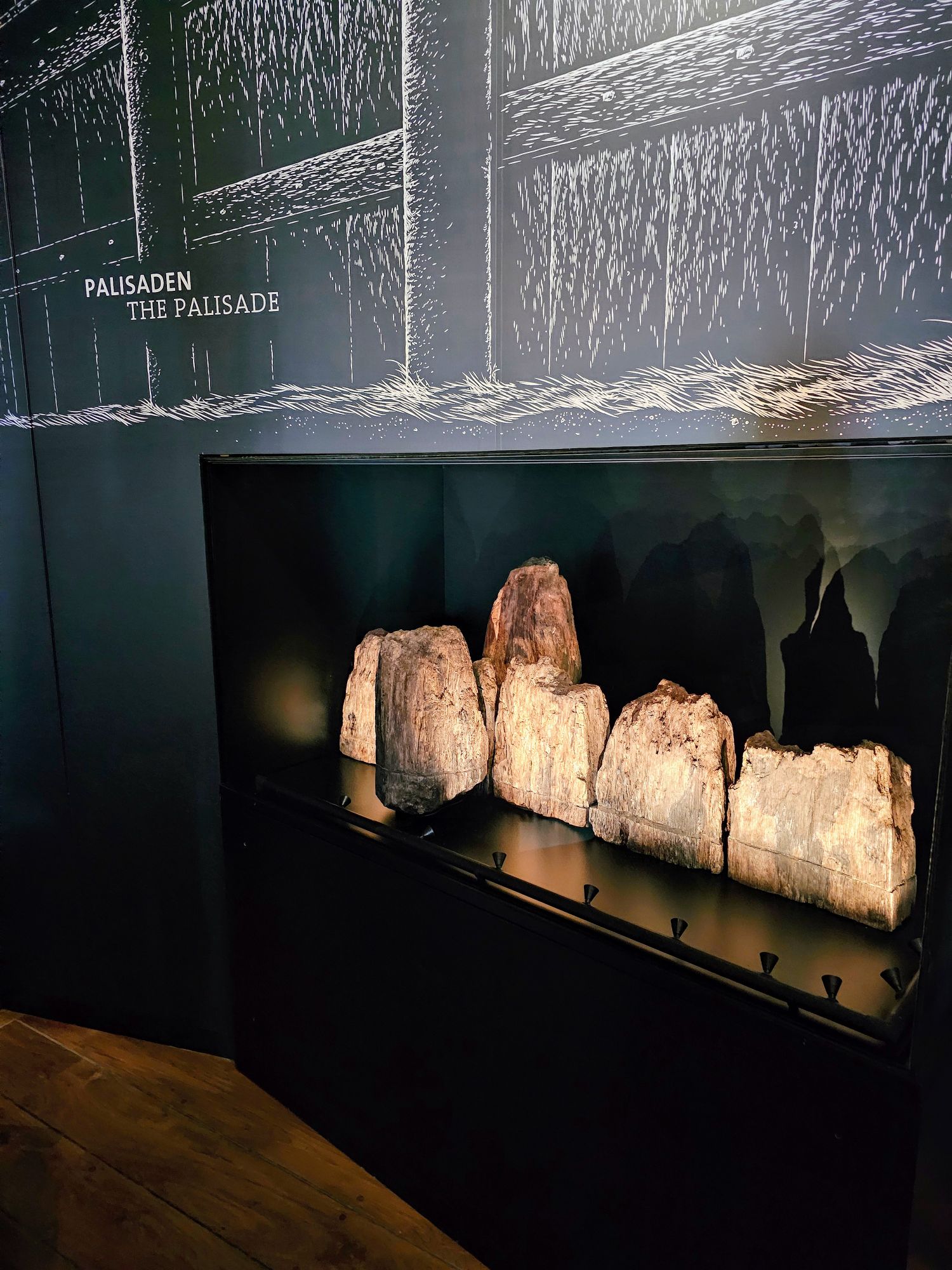
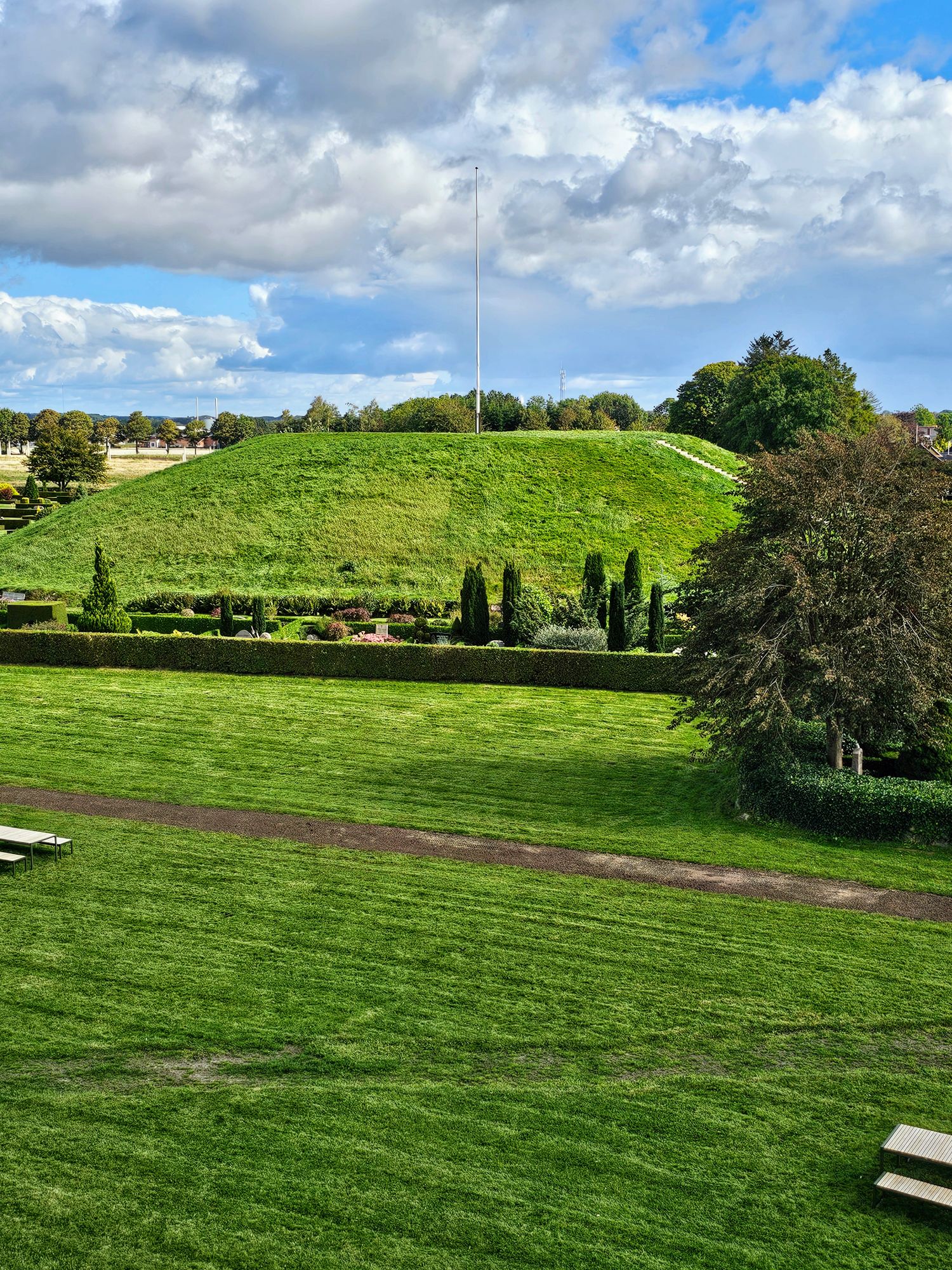
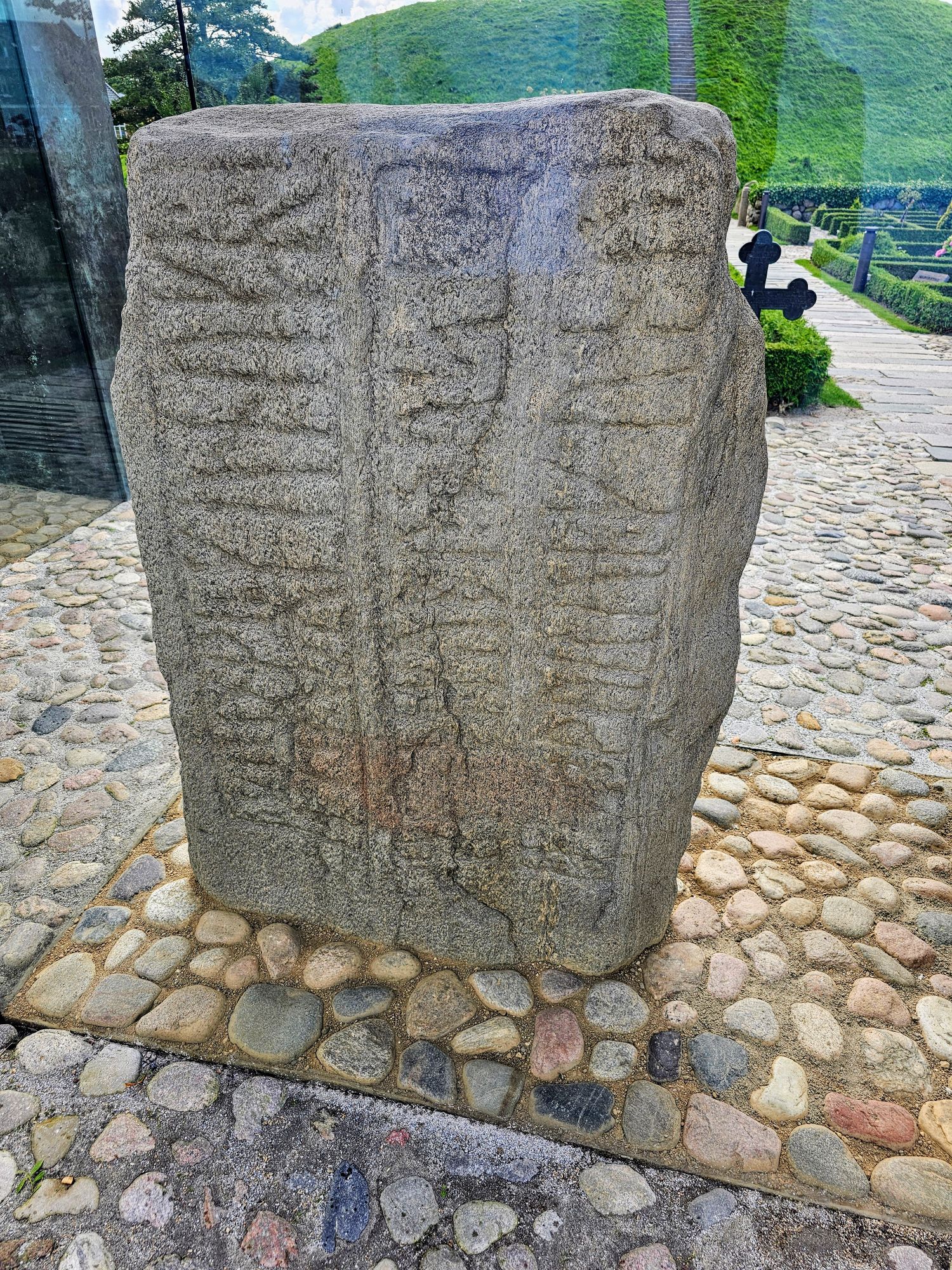
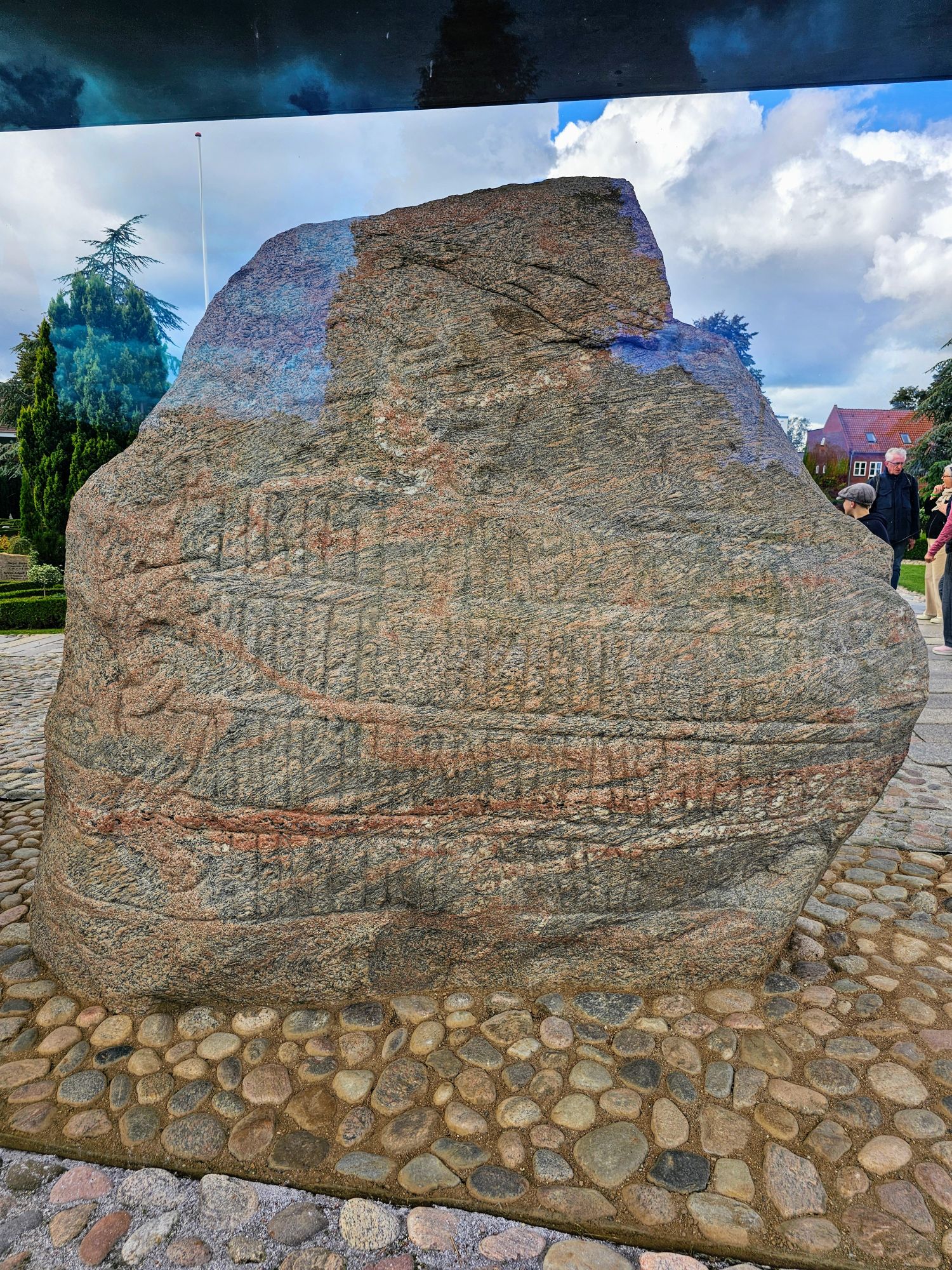


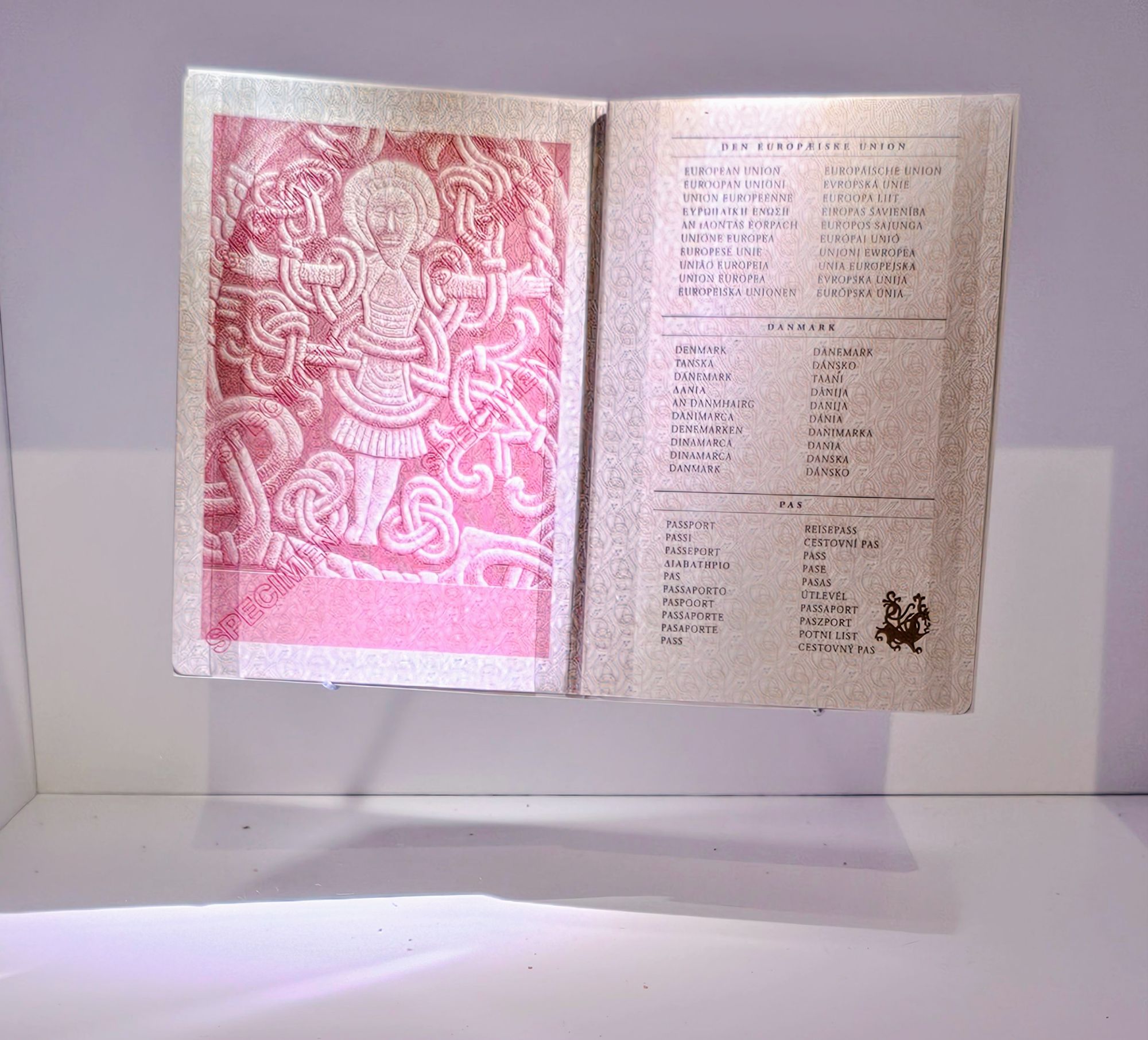
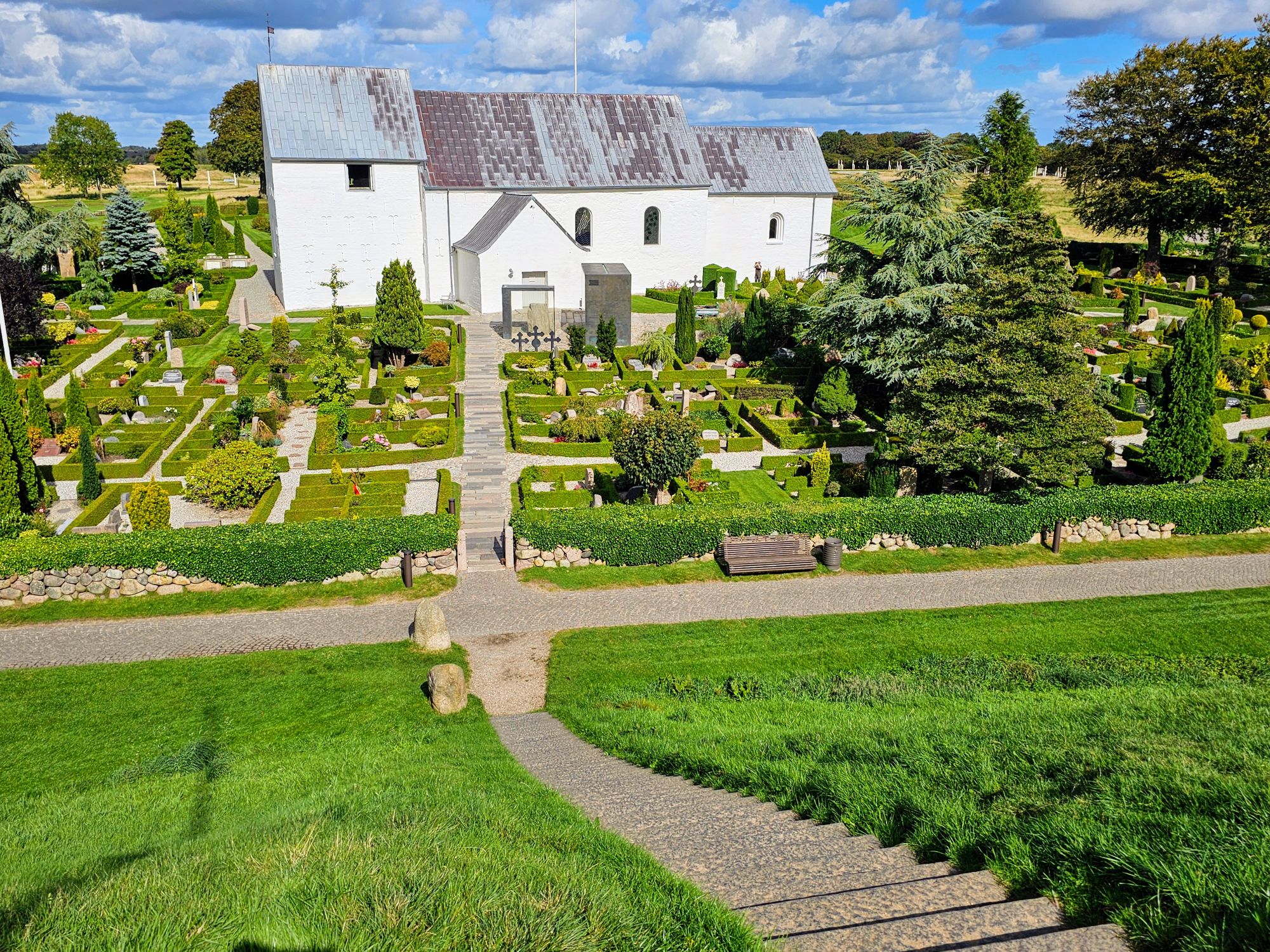
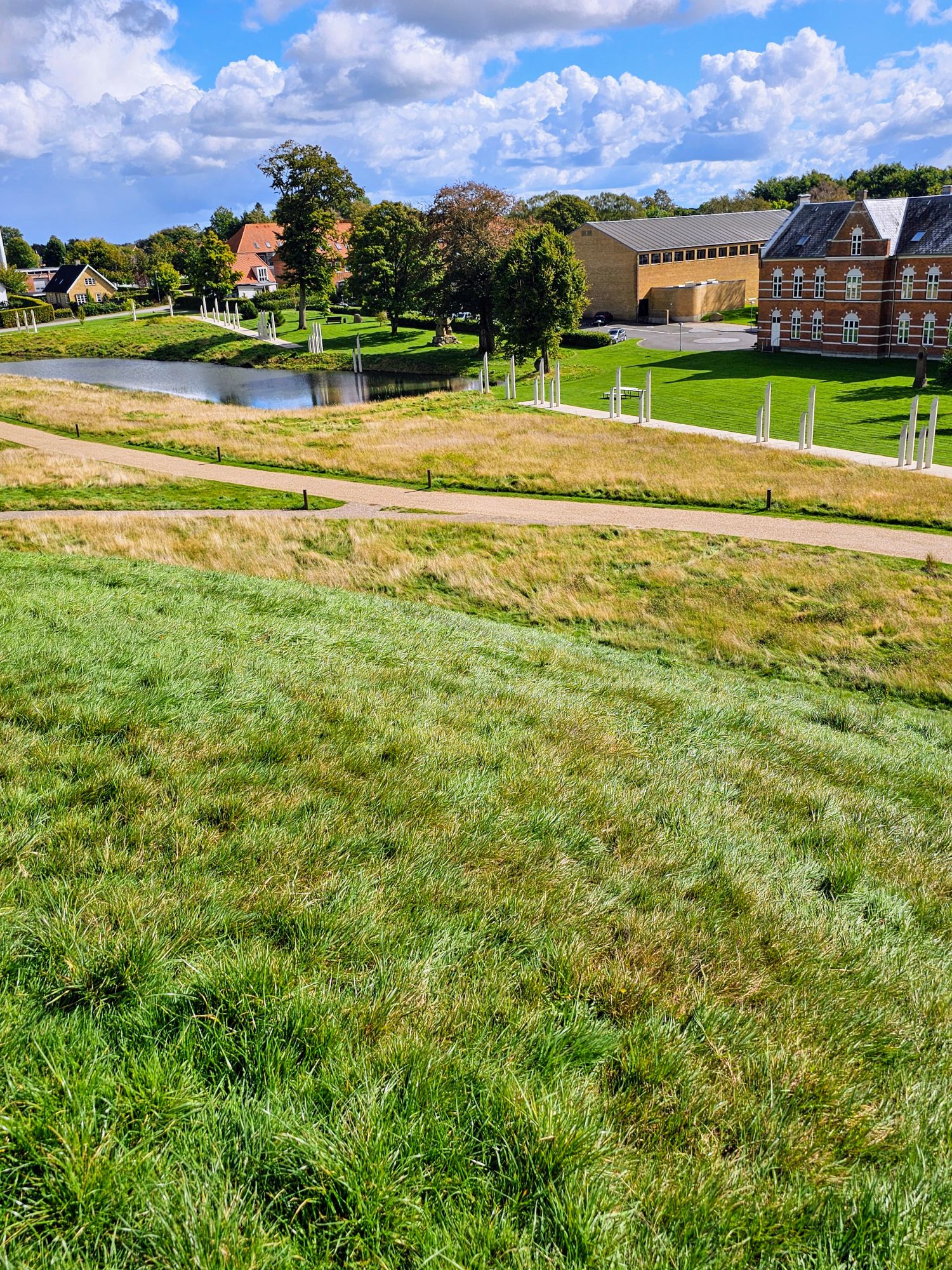

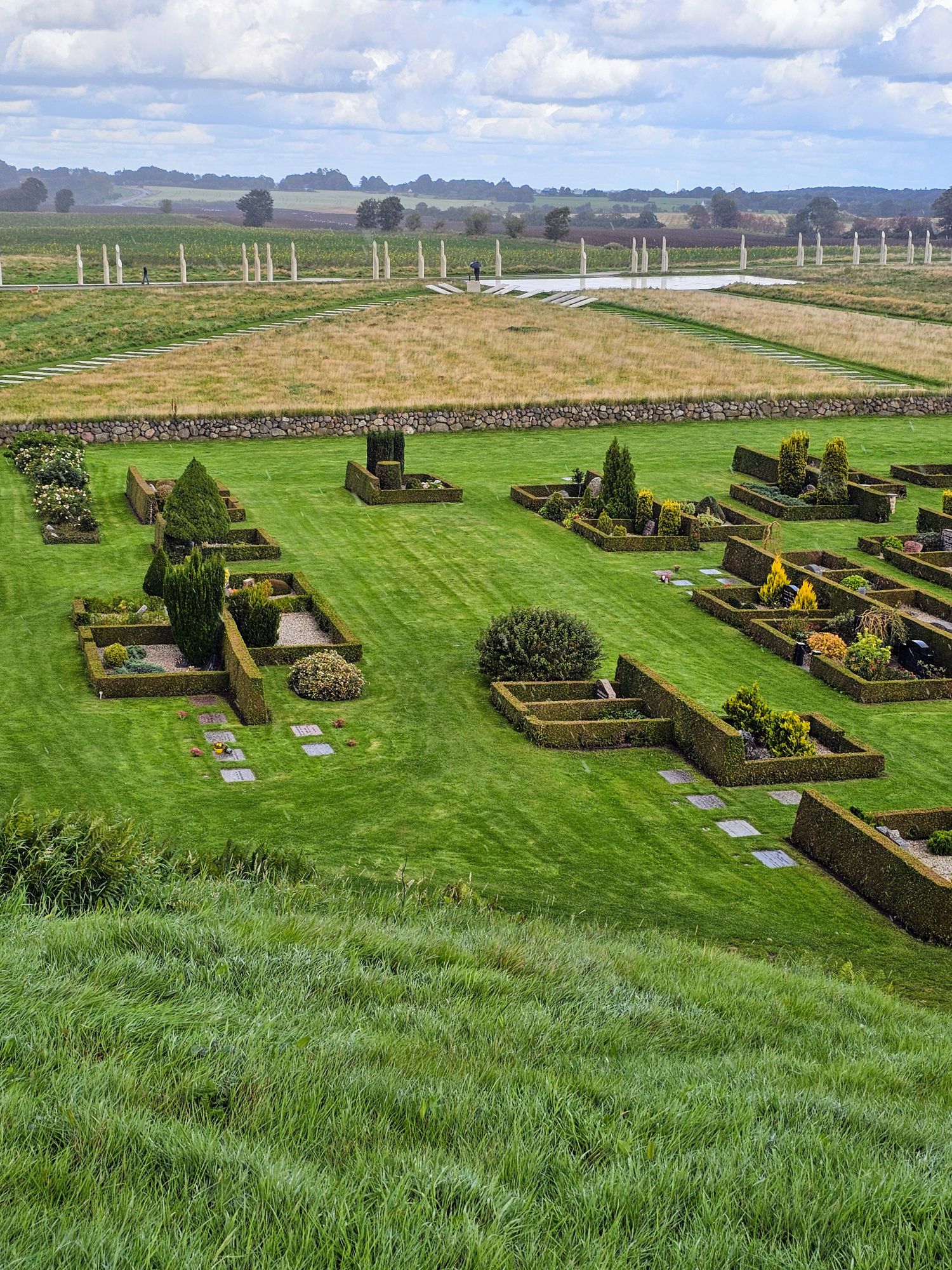
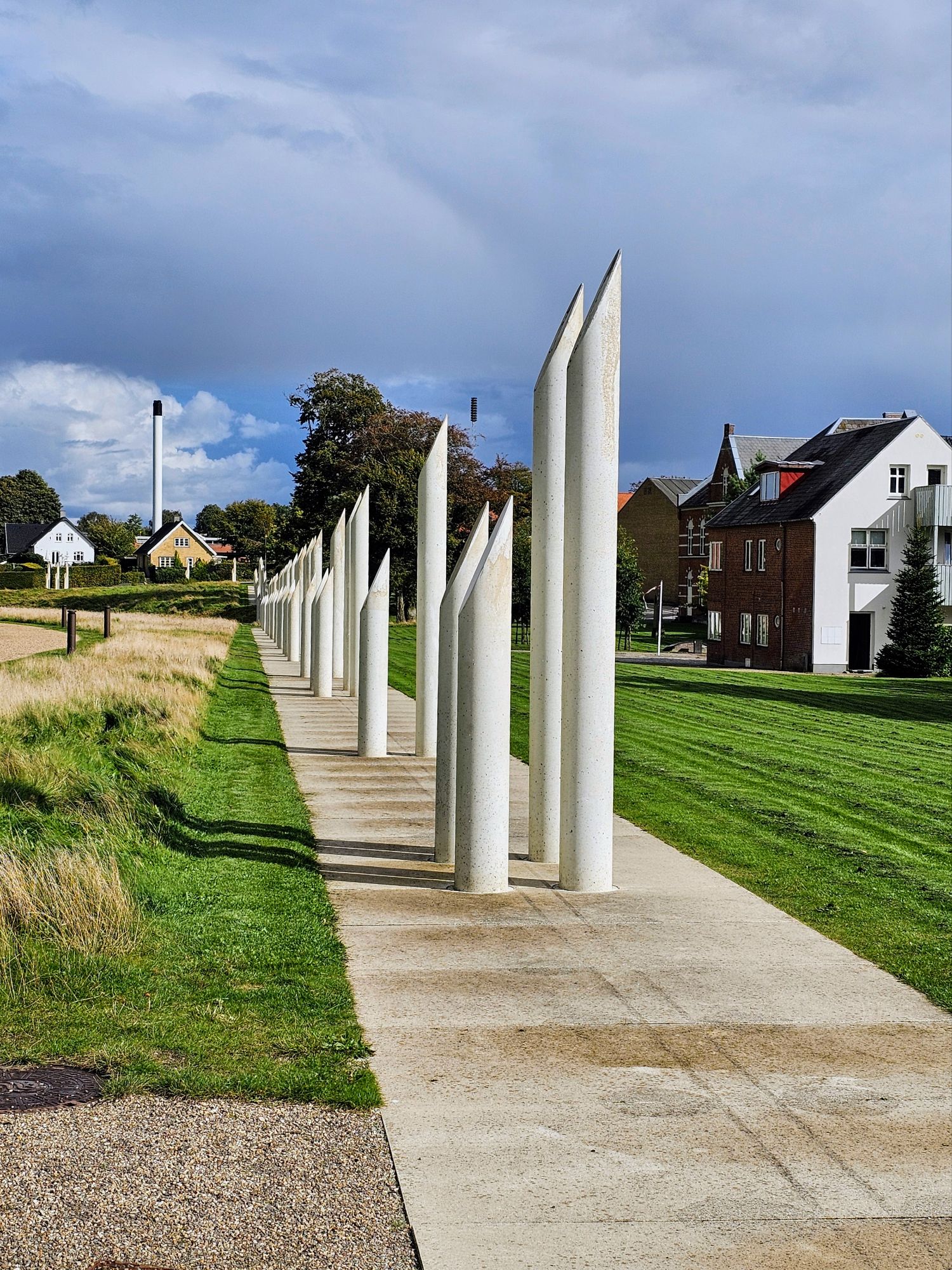

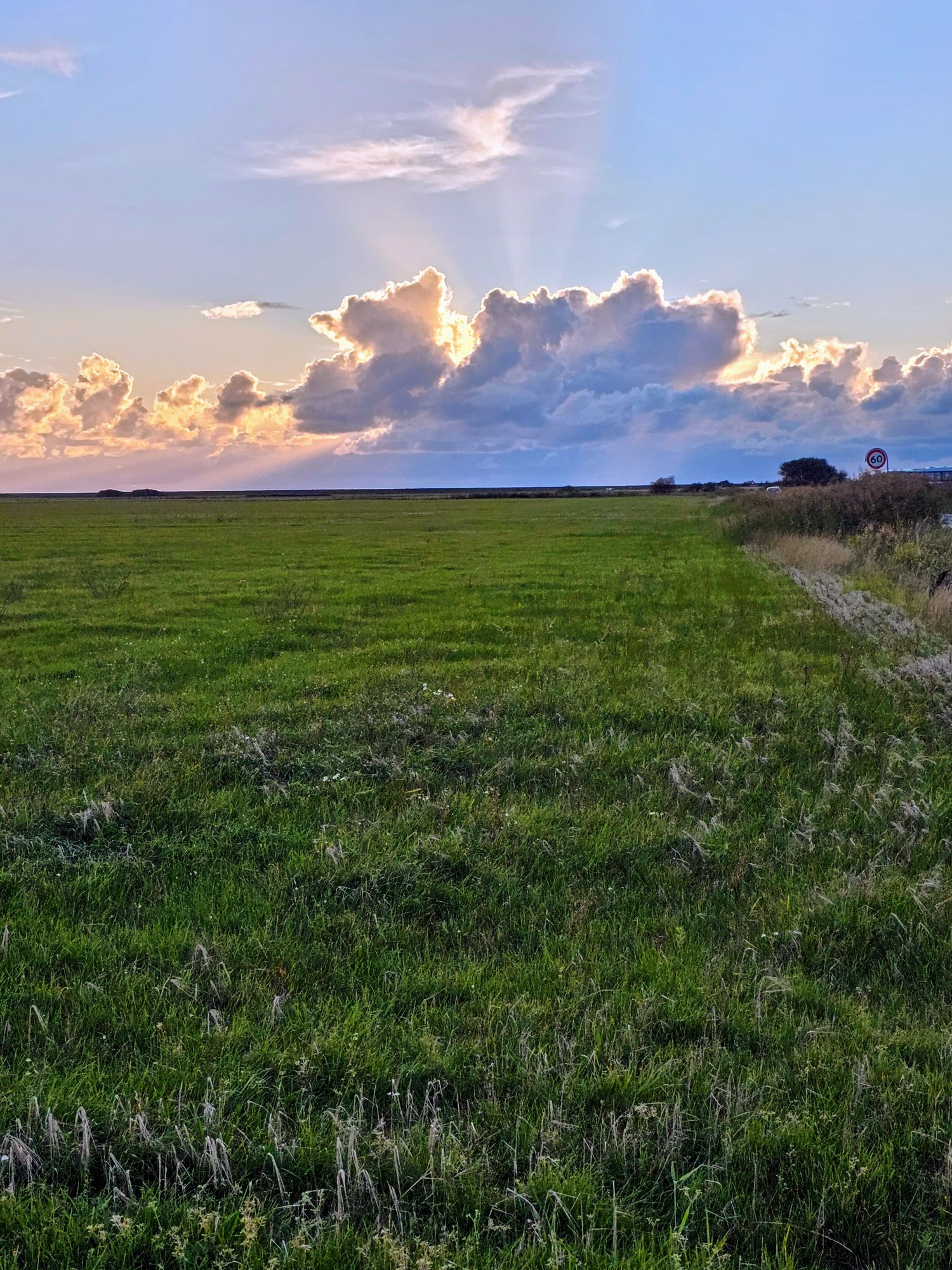

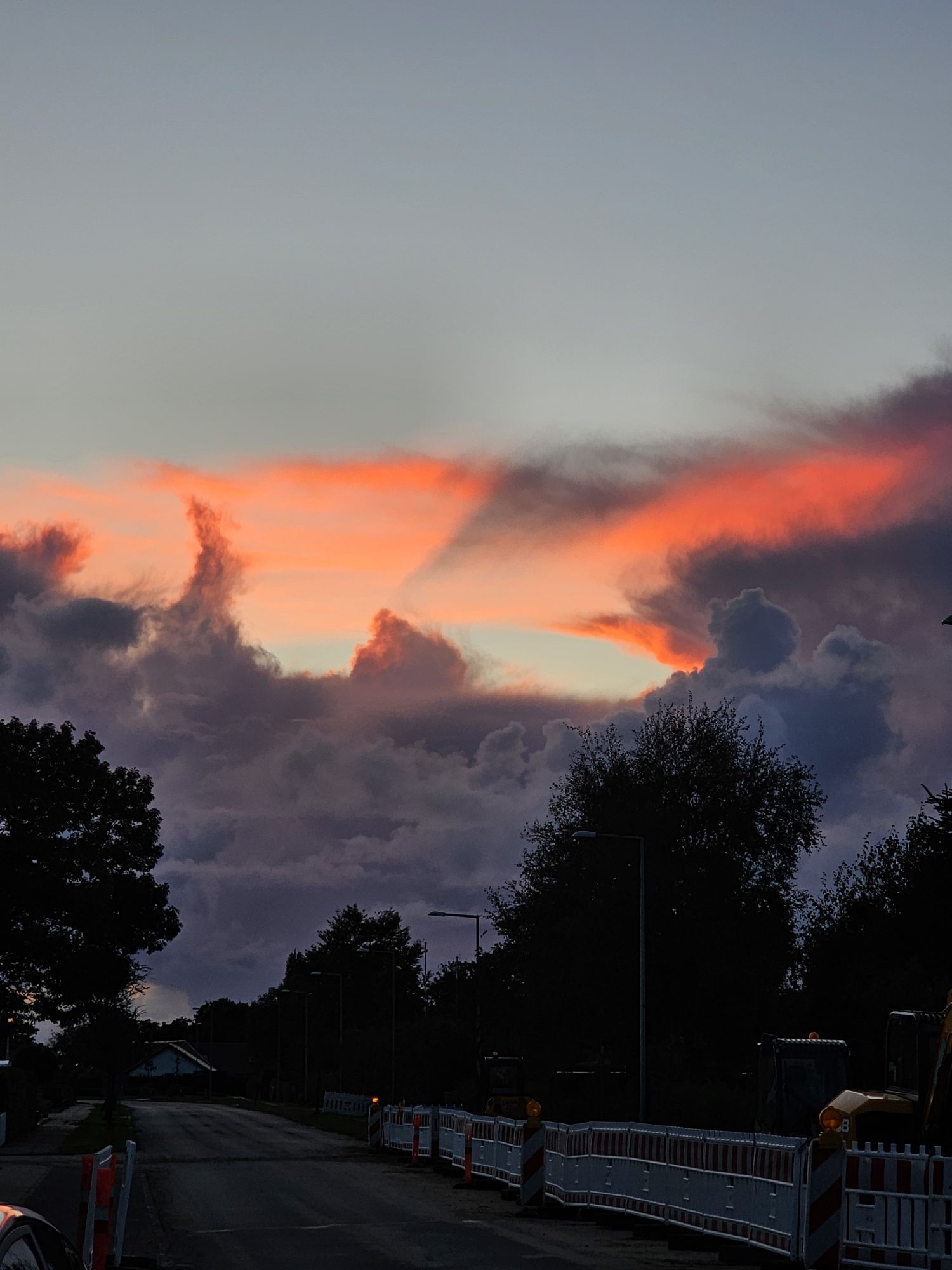
Such fascinating history! Curious minds want to know:
What in the world were the Starlings so excited about??
Hey Nancy, this is just their normal behavior when they settle down for the night. They sleep in large groups as protection from predators, safety in numbers and all that. Apparently you can see them all taking off at sunrise, but we aren’t really much for waking up that early.